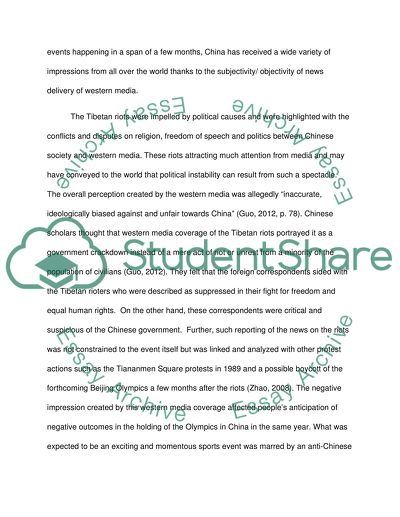Cite this document
(“How do western media cover China Essay Example | Topics and Well Written Essays - 2750 words”, n.d.)
How do western media cover China Essay Example | Topics and Well Written Essays - 2750 words. Retrieved from https://studentshare.org/journalism-communication/1477203-how-do-western-media-cover-china
How do western media cover China Essay Example | Topics and Well Written Essays - 2750 words. Retrieved from https://studentshare.org/journalism-communication/1477203-how-do-western-media-cover-china
(How Do Western Media Cover China Essay Example | Topics and Well Written Essays - 2750 Words)
How Do Western Media Cover China Essay Example | Topics and Well Written Essays - 2750 Words. https://studentshare.org/journalism-communication/1477203-how-do-western-media-cover-china.
How Do Western Media Cover China Essay Example | Topics and Well Written Essays - 2750 Words. https://studentshare.org/journalism-communication/1477203-how-do-western-media-cover-china.
“How Do Western Media Cover China Essay Example | Topics and Well Written Essays - 2750 Words”, n.d. https://studentshare.org/journalism-communication/1477203-how-do-western-media-cover-china.


